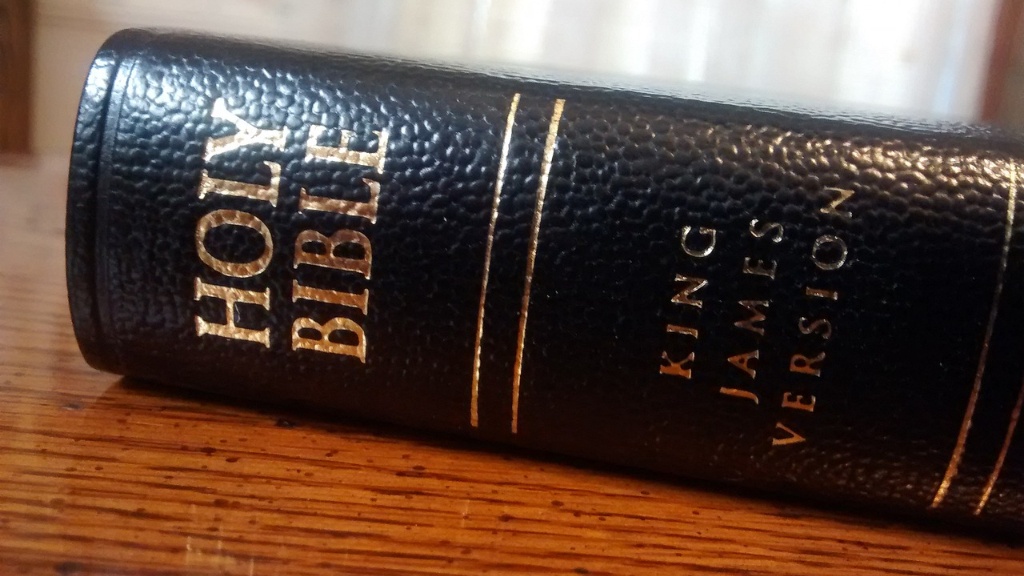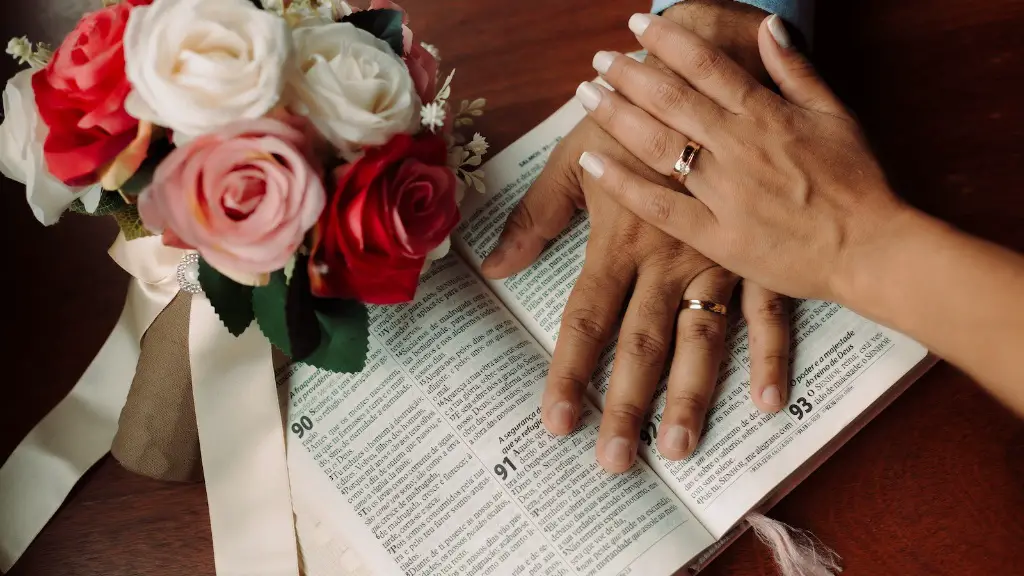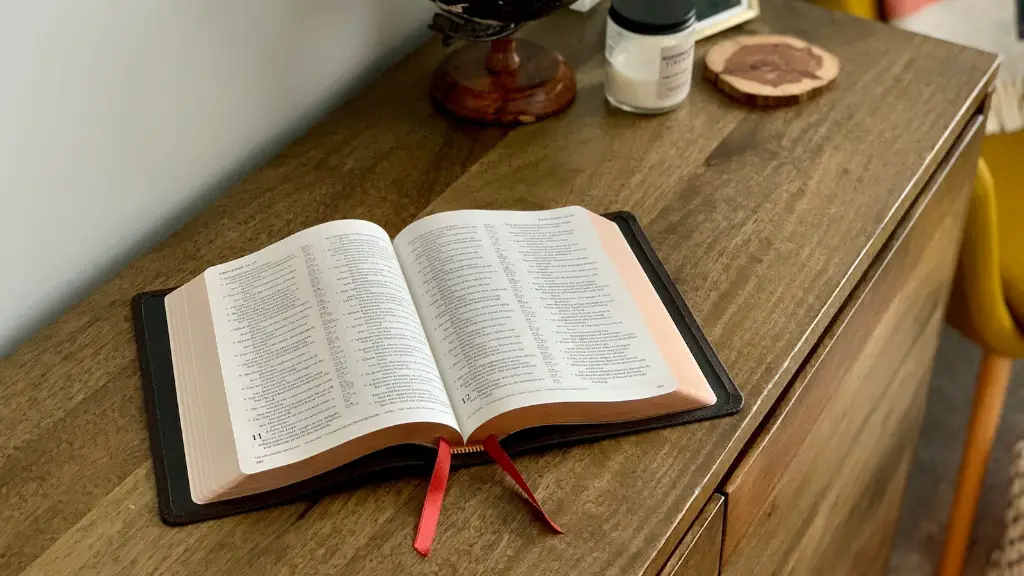Both the Old and New Testaments in the Bible discuss homosexuality, although views on it remain divided within the Christian community. In the Old Testament, the book of Leviticus explicitly states that ‘you shall not lie with a male as with a woman.’ In 1 Corinthians it clarifies that‘neither the sexually immoral nor idolaters nor adulterers nor men kept for unnatural purposes nor men who have sex with men nor thieves nor the greedy nor drunkards nor slanderers nor swindlers will inherit the kingdom of God.’
Another term often used for homosexuals is ‘Sodomites’, referring to Sodom and Gomorrah, cities which were destroyed by God. They had become centres of debauchery, including acts of homosexuality. The Bible also contains passages which moralize against all kinds of sexual misconduct, making it difficult to discern what God’s behaviour towards gay persons today should be.
However, it is important to consider the Bible’s message in context. Traditional interpretations of these passages have been challenged in recent years, with scholars arguing that they do not condemn homosexuality, but rather particular expressions of homosexuality. For instance, some theologians propose that the Bible condemns homosexual rape, temple prostitution, and other forms of ‘unnatural’ behaviour, while not condemning legitimate, loving relationships between gay people.
Regardless of how one views the Bible’s teachings, it is undeniable that the religious community has had a long history of homophobia. This manifests in various ways: from ridiculing and attacking members of the gay community to treating them as second-class citizens, to encouraging them to change their sexual orientation in the hopes of fitting in.
On the other hand, there are a growing number of Christians who have come to accept the LGBT community. They point to the many passages in the Bible which speak of love, acceptance, forgiveness, and redemption – values which can be applied to the gay community as well.
This trend can be seen in churches which are LGBT inclusive, particularly within the United Church of Christ, the Episcopal Church, the Unitarian Universalist church, and other denominations. These progressive Christian churches actively embrace the LGBT community, opening up spaces for same-sex couples to be married, nurturing spiritually healthy same-sex relationships, and fighting discrimination against them.
In conclusion, while the Bible may contain passages which can be interpreted as condemning homosexuality, these can be reinterpreted in light of the values of love and acceptance which are pervasive in the Bible. Moreover, there are a growing number of Christian churches which are creating inclusive, loving, and welcoming spaces for LGBT individuals, allowing them to find peace and acceptance within the religious community.
LGBT Representation in History
LGBT individuals have been present throughout history, even from biblical times. In some cases, same-sex love and relationships were accepted and tolerated, while in other cases they were completely taboo. One example of homosexual acceptance from biblical times can be found in the book of Judges, which tells the story of two men, Jonathan and David, whose love for each other transcended their shared loyalty to King Saul. And in the New Testament, Jesus Christ interacts with a Roman centurion whose passionate love for another man is described in the Gospels.
In other cases, however, same-sex love and relationships were seen as deviant and dangerous. The Greek and Roman empires criminalized homosexual activity, subjecting those found guilty to punishments that ranged from fines to death. In the Middle Ages, same-sex relationships were seen as unnatural and sinful, and those engaging in them were persecuted and punished. Moreover, there are references to homosexuals as “sodomites” throughout religious texts, including the Bible and other sacred texts, which perpetuate these negative stereotypes and attitudes.
Overall, the historical record of LGBT individuals is a mixed one. In some cases they were celebrated and accepted, while in others they were persecuted and maligned. This demonstrates that attitudes towards LGBT individuals have always been highly variable, and it is only in the last few decades that they have been accepted and embraced by mainstream society.
LGBT Acceptance in Society
Despite the historical hesitancy towards LGBT individuals and their relationships, there has been a dramatic shift in public opinion in recent decades. A survey conducted in May 2020 by the advocacy organization GLAAD found that majorities of all major religious groups, including Catholics, Protestants, and Jews, support same-sex marriage. Similarly, a survey conducted by the Public Religion Research Institute in 2018 found that a majority of Americans supported laws that protect the rights of LGBT individuals.
This shift in public opinion is largely due to the tireless efforts of LGBT activists to raise awareness about the discrimination and prejudice that LGBT individuals experience in their daily lives. This has led to a more accepting and tolerant society, which in turn has led to more LGBT individuals coming out and living openly and proudly.
This is evidenced by the growing number of LGBT characters on television and in movies, as well as the growing number of openly LGBT politicians. These figures serve as positive role models for LGBT individuals, inspiring them to be proud of who they are and to live their truths.
These positive trends of LGBT acceptance are likely to continue in the coming years, with more and more individuals, organizations, and institutions taking steps to ensure that everyone is treated equally, regardless of gender or sexual orientation.
LGBT Discrimination in Schools
Although the majority of Americans today are accepting of LGBT rights, there are still many areas where prejudice against the LGBT community is rampant. One such area is the school system. Although a growing number of school districts have adopted non-discrimination policies that protect LGBT students, a 2013 survey conducted by the Gay, Lesbian & Straight Education Network (GLSEN) found that nearly 85% of LGBT students reported experiencing harassment or mistreatment at school due to their sexual orientation.
This harassment can take many forms, from verbal and physical bullying, to exclusion from extracurricular activities, to unequal treatment in the classroom. Moreover, there are a number of states in the US which still allow teachers and administrators to discriminate against LGBT students, despite the fact that it is illegal.
The best way to combat this discrimination is to increase awareness and understanding of LGBT issues. This can be done through education and training, as well as through the introduction of policies and procedures that ensure that everyone is treated fairly and equally, regardless of their sexual orientation or gender identity.
In addition, governments can create laws that prohibit discrimination against LGBT individuals, and schools can create safe spaces for LGBT youth to discuss and express themselves without fear of judgement or prejudice. And, most importantly, parents, teachers, and administrators can speak up in defense of LGBT students, demonstrating that discrimination and prejudice have no place in society.
LGBT Rights Around the World
There is growing acceptance of LGBT individuals in many countries around the world, but there are still many countries where being openly gay can lead to harsh punishments or even death. In some countries, such as Russia, anti-gay laws prohibit the “promotion” of homosexuality, making it illegal to talk openly about LGBT rights or to organize LGBT events. In other countries, such as Iran and Saudi Arabia, homosexuality is punishable by death.
In response to the discrimination LGBT individuals face in other countries, many national governments and international organizations have made efforts to ensure that LGBT rights are respected and upheld around the world. These efforts include pressuring countries with oppressive LGBT laws to change them, as well as providing support and protection to LGBT refugees and asylum seekers.
In addition, social media has become a powerful tool for LGBT activists to reach a global audience and to spread awareness about the discrimination and violence that LGBT individuals experience around the world. This can be seen in the popular hashtag #EqualLove, which has been used by activists to promote the rights of LGBT people everywhere.
Overall, there is still a long way to go in terms of achieving full LGBT acceptance and equality around the world, but the efforts of activists at home and abroad are making a real difference in the lives of LGBT individuals.
Conclusion
The Bible may contain passages which can be interpreted as condemning homosexuality, however, these can be reinterpreted in light of the values of love and acceptance which are pervasive in the Bible. Moreover, there is growing acceptance of LGBT individuals in many countries around the world, as more and more individuals, organizations, and institutions are taking steps to ensure that everyone is treated equally, regardless of gender or sexual orientation.





